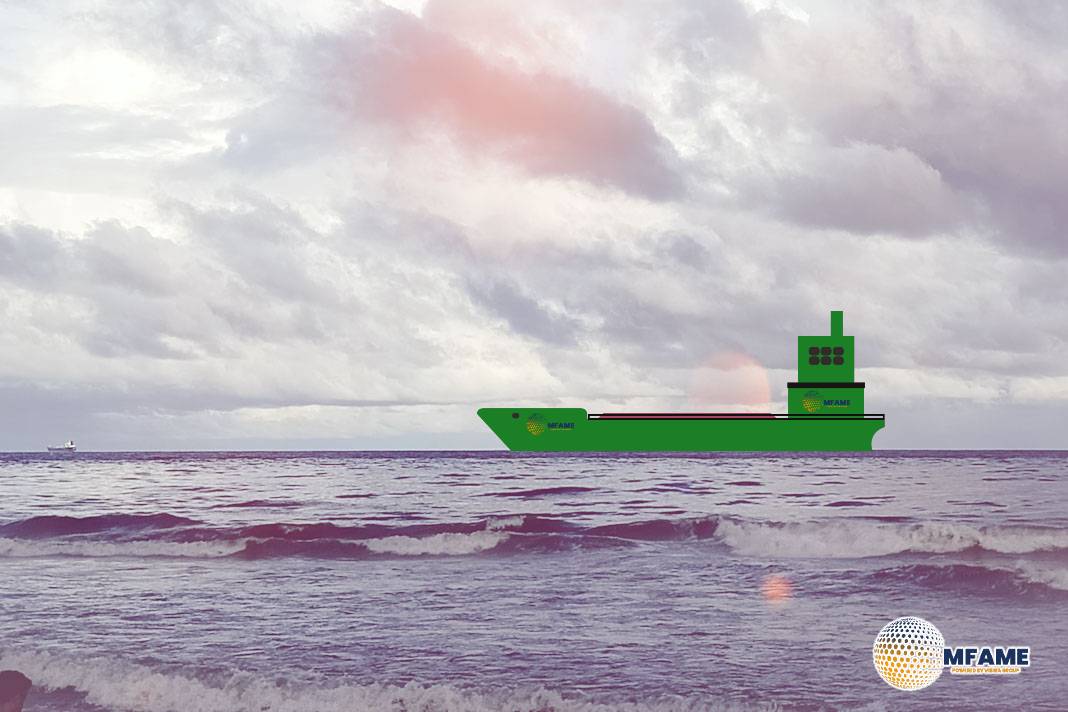- High-risk regions include Korea, Northern China, the Russian Far East, and Japan.
- Some countries require FSMC inspection and certification before departure.
- 5 actionable tips to avoid FSMC infestation on vessels.
The Flighted Spongy Moth Complex (FSMC) consists of five species: Lymantria dispar asiatica, Lymantria dispar japonica, Lymantria albescens, Lymantria umbrosa, and Lymantria postalba. These insects infest mainly Asia and Russia. The larvae of these insects aggressively feed on deciduous and coniferous trees and cause extreme defoliation. The flying capacity of the female moth up to 20 nautical miles enhances the risk of quick spread, thus delivering a serious blow to forest ecosystems, reports Safety4Sea.
High-Risk Regions for FSMC Infestation
Ships arriving at Korean, Northern Chinese (north of lat. 31˚15’N), Russian Far East, and Japanese ports during the FSMC flying season are under high risk for egg infestations. Despite some authorities persisting with the older term “Asian Gypsy Moth” (AGM), there is a move to the more accurate “Flighted Spongy Moth Complex” in official reports.
Inspection and Certification Requirements
Certain states subject ships that have traversed high-risk zones during the FSMC flight season to inspection by a nominated authority before departure. In case no infestation is detected, a certificate shall be provided—either a “Certificate of Inspection of Freedom from FSMC” or a “Phytosanitary Certificate,” depending on the authority. When calling at more than one port within the high-risk zone, the inspection should be conducted immediately before leaving the final port during the flight season.
5 FSMC Tips
- Conduct a visual examination before sailing. Inspect the accommodation superstructure, decks, deck gear, holds, cargo, and equipment. Employ binoculars for elevated levels and mirrors for difficult-to-access areas, such as behind pipes next to hatch coamings.
- Repeat the examination on the voyage to the destination port to see if any egg masses have been developed during transit.
- Remove any egg masses. Do not apply paint or high-pressure water jets. These do not kill eggs and can make them float inshore and hatch.
- Dispose of removed eggs. Treat with alcohol, boil them, freeze, or burn to destroy them before arrival.
- Record all inspections and removals in the deck logbook of the vessel, including areas inspected and egg-disposal methods.
Did you subscribe to our daily Newsletter?
It’s Free Click here to Subscribe!
Source: Safety4Sea















